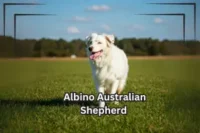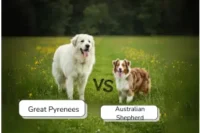The Border Collie Stare: What’s Behind That Intense Gaze?
Published: 11 Feb 2025
If you’ve ever been on the receiving end of a Border Collie’s stare, you know exactly how intense it can be. It’s not just a passing glance—it’s laser-focused, deliberate, and almost unsettling in its intensity. Whether they’re waiting for you to throw a ball, herding livestock, or just watching your every move around the house, that look feels like it has a purpose.
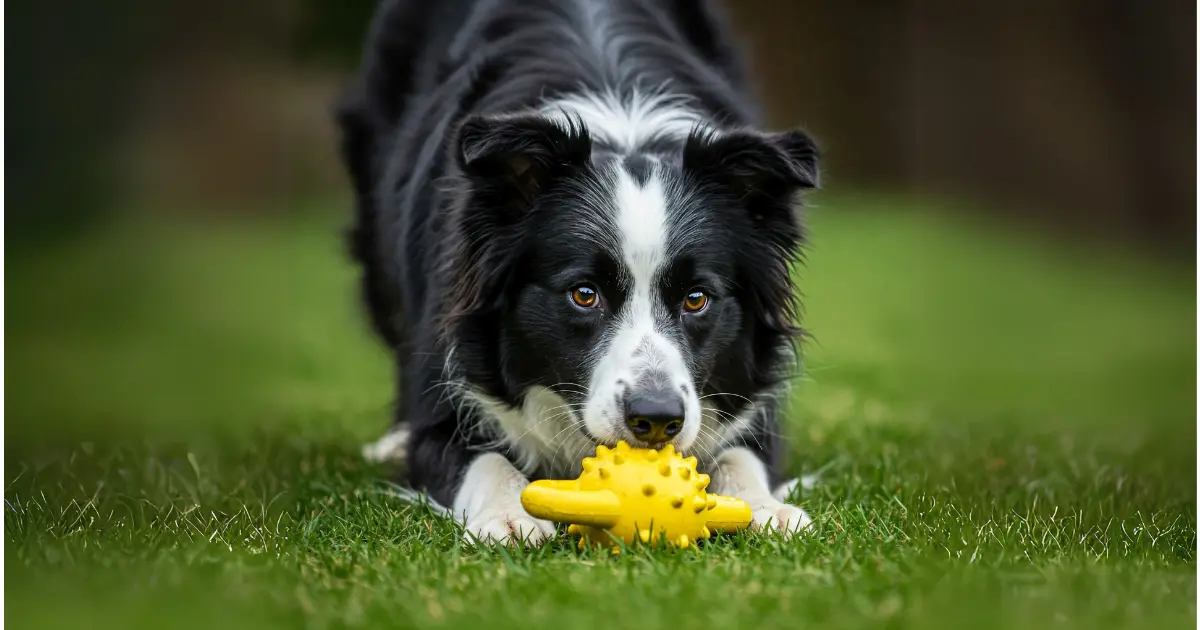
But why do Border Collies stare so much? Is it instinct? Communication? Something else? Let’s break it down and understand what’s going on behind those piercing eyes.
Table of Contents
What Makes the Border Collie Stare So Unique?
Most dogs glance at things and move on. Border Collies don’t. When they lock onto something, they hold their gaze with a quiet intensity that feels almost strategic.
This isn’t just a random habit—it’s a deeply ingrained part of who they are.
Border Collies have been bred to work closely with humans for centuries, particularly in herding. Instead of relying on barking or physical force, they use their eyes to control livestock, reading even the subtlest movements and influencing animals without sound.
That instinct doesn’t just disappear when they’re living in a home. You might catch them using that same stare on you, other pets, or even objects like bicycles and vacuum cleaners.

1. The Herding Instinct – It’s in Their DNA
Border Collies were bred to control livestock with precision. They don’t chase or bark like other herding breeds—they use their eyes to apply pressure and guide movement. This unique behavior makes them one of the longest-living dog breeds known for their intelligence and agility.
How It Works in Herding:
- A Border Collie crouches low, staring intently at the sheep.
- The intense eye contact creates a kind of invisible pressure, signaling the flock to move.
- There is no barking or pushing—just the power of their presence and focus.
This behavior sticks with them even when they’re not on a farm. You might notice your Border Collie trying to “herd” kids, other pets, or even joggers on the street. It’s not aggression—it’s instinct.
What You Can Do: If your dog constantly tries to control movement around it, structured activities like herding games, agility training, or obedience exercises can give it a healthy way to use its instincts.
2. They’re Always Reading and Reacting
Border Collies don’t just see things—they analyze them. Their stare isn’t just about focus; it’s about anticipation. They are constantly reading their environment and trying to predict what happens next.
Common Reasons They Stare:
✔ Watching your hands for a signal or command.
✔ Locking onto a toy before you throw it.
✔ Staring at the door when it’s time for a walk.
A well-trained Border Collie doesn’t just listen for verbal cues—they watch body language. Pick up their leash, and they already know what’s coming. Look toward their food bowl, and they’re ready for dinner before you even move.
Helpful Tip: Teaching a command like “watch me” can help reinforce positive focus so that the child’s attention stays on you in a controlled way rather than turning into an obsessive fixation.
3. Mental Stimulation – They Need a Job to Do
A Border Collie isn’t just an active dog—it’s a thinking dog. They don’t just want to move; they want to solve problems. Ensuring they get enough stimulation for dogs is key to preventing boredom and unwanted behaviors.”
When they stare, they’re fully engaged, processing everything before them. That’s why you’ll often see them fixating on:
✔ A toy right before it’s thrown. ✔ Another dog, trying to anticipate their next move. ✔ Fast-moving objects like birds, bikes, or passing cars. |
Real-Life Example:
Milo, a Border Collie, stared at lights and shadows for hours, completely fixated. To help him break the cycle, his owner introduced scent work and trick training as a new outlet for his energy. Milo’s obsession faded in just a few weeks, and he became more engaged in problem-solving games that challenged his mind more healthily.
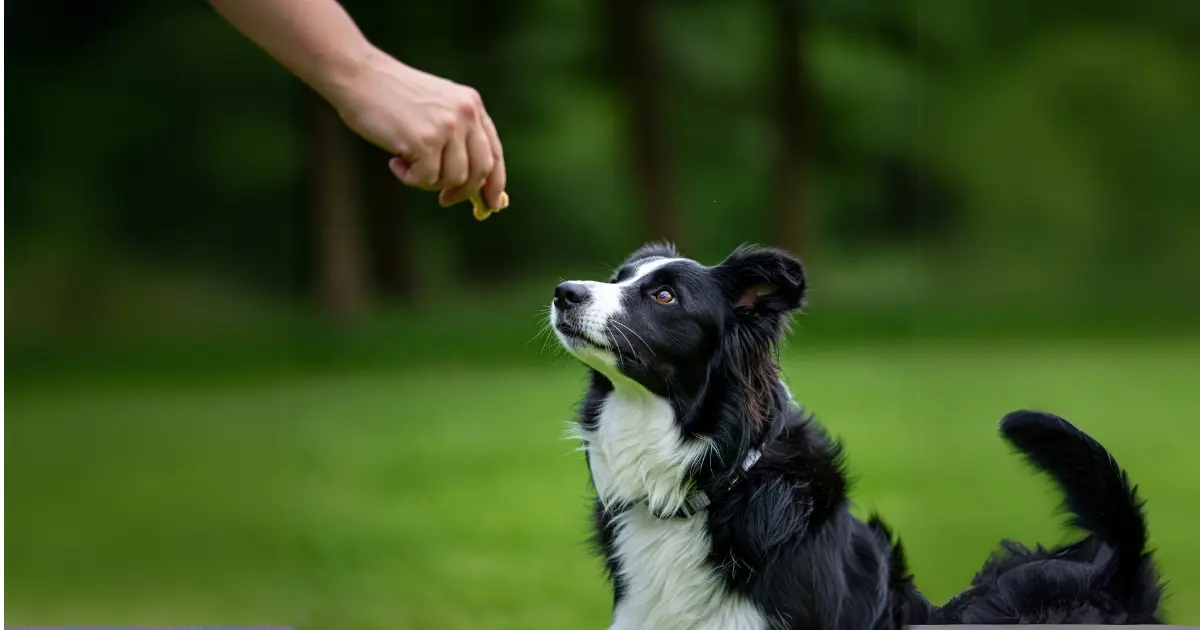
If Your Dog Stares Too Much:
If your Border Collie seems fixated on lights, shadows, or repetitive motions, interactive toys, puzzle games, and training exercises can help redirect their focus.
When Staring Becomes a Problem
While their intense focus is usually a strength, sometimes it can tip into obsession.
| Signs of Problematic Staring: |
|---|
❌ Staring at lights, shadows, or walls for long periods. ❌ Fixating on one person or object without interacting. ❌ Getting restless or agitated when interrupted. |
What’s Happening?
Border Collies are wired for stimulation. If they don’t have enough physical or mental activity, their natural focus can turn into compulsive behaviors.
How to Redirect It:
✔ Increase physical exercise—long walks, running, or agility training can help.
✔ Engage their mind with puzzle games, scent work, or trick training.
✔ Use commands like “look at me” to shift their focus.
✔ Reduce environmental triggers—if they fixate on shadows or reflections, adjust the lighting in your home.
✔ Encourage purposeful attention—reward focus when it’s part of a game or training, not when it’s excessive.
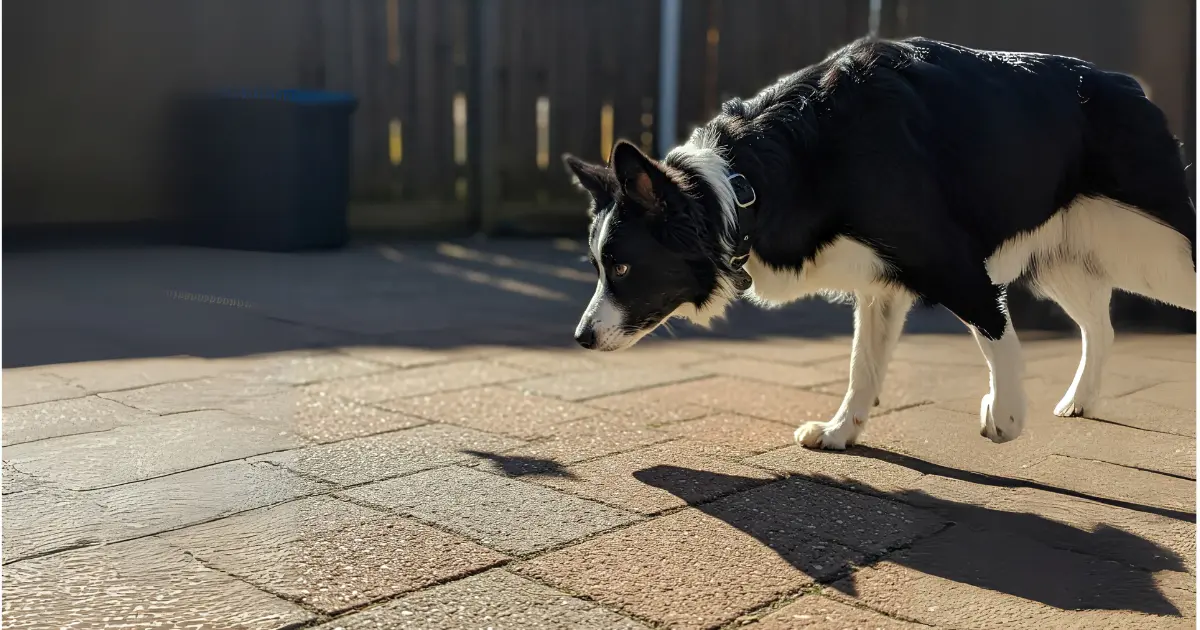
Not necessarily. While they form deep bonds with their humans, their stare is usually about focus, anticipation, or herding instincts rather than affection. Dogs have unique ways of expressing love, and their behaviors can sometimes be misinterpreted. According to VCA Animal Hospitals, dogs show affection through body language, physical closeness, and eye contact—but not always in the way we assume.“
Key Takeaways
✔ The Border Collie stare is an instinctive tool for herding and focus.
✔ They use eye contact to communicate, anticipate, and problem-solve.
✔ Too much staring can signal boredom, anxiety, or compulsive behavior.
✔ Keeping them engaged with training and mental challenges helps balance their instincts. Establishing a daily dog routine can ensure they get the right exercise, mental work, and rest.
Final Thoughts
The Border Collie stare is more than just a quirky habit—it’s a sign of their intelligence and working heritage. While their intense focus is an incredible asset, it’s key to guide it correctly so it doesn’t become an obsession.
By keeping their brains active, training with purpose, and giving them structured outlets for their instincts, you’ll help your Border Collie thrive in any environment.
Frequently Asked Questions
Should I stare back at my Border Collie?
It depends. Prolonged eye contact can sometimes be challenging in the dog world. Instead of holding a stare, use eye contact to encourage engagement, like in training exercises.
Can I stop my Border Collie from staring too much?
Yes, but it depends on why they’re staring. If it’s instinctual or part of their job, it’s not something to “fix.” But if it becomes obsessive, redirecting their focus with training and mental stimulation can help.
Does a Border Collie’s stare mean they want something?
Often, yes. They observe people and surroundings to detect cues for food, play, or routine activity.
Can training reduce unnecessary staring?
Yes, structured exercises like focus commands and task-based activities help direct their attention productively.
Why does my Border Collie fixate on objects like shadows?
This may be a behavioral habit triggered by a lack of stimulation. Providing interactive games can prevent the fixation on irrelevant things.
Is staring linked to their intelligence?
Yes, strong visual focus allows them to process details quickly and react efficiently. It is a key trait in problem-solving and learning.
Why does my Border Collie stare at doors or windows?
They often associate these areas with activity changes, such as someone leaving or entering. This is an instinctive response to patterns in their environment.
Can excessive staring be a medical concern?
If it comes with disorientation, unresponsiveness, or repetitive motions, a veterinary checkup is advised to rule out vision or neurological conditions.
Why do Border Collies stare for long periods?
Border Collies use eye contact as a control method, especially in herding. Their gaze helps them anticipate movement and respond quickly.
How much grooming do rough collies need?
Due to their long, thick double coat, rough collies require regular grooming. Brushing several times a week helps stop matting and keeps their fur healthy, while occasional baths and nail trims are also necessary to maintain hygiene.

- Be Respectful
- Stay Relevant
- Stay Positive
- True Feedback
- Encourage Discussion
- Avoid Spamming
- No Fake News
- Don't Copy-Paste
- No Personal Attacks



- Be Respectful
- Stay Relevant
- Stay Positive
- True Feedback
- Encourage Discussion
- Avoid Spamming
- No Fake News
- Don't Copy-Paste
- No Personal Attacks


